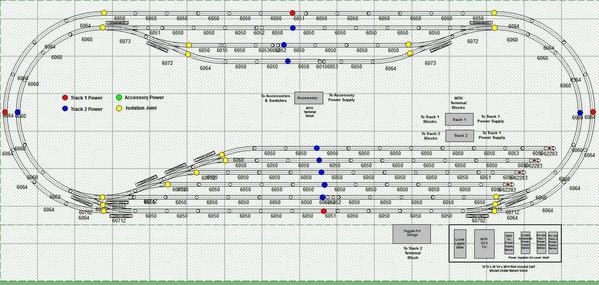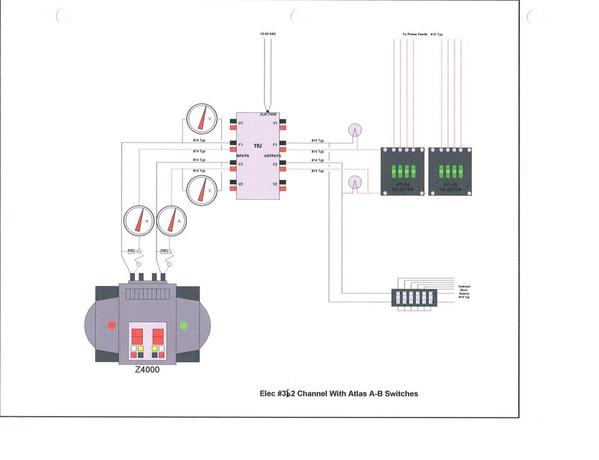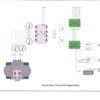As I mentioned elsewhere, we're going to dismantle he layout we're building and replace it with a smaller layout. It was our first layout and we tried wiring per MTH and Barry's book for DCS. Star pattern. One - and only one - equidistantly placed OGR stranded wire 14 AWG drop per track block (except in track blocks with turnouts, where all three legs are powered) with each main wired to its own MTH terminal block that is wired to a separate TIU channel that is powered by its own Lionel 180 brick. Three mains and all the related soldering and wiring took an enormous amount of time and effort. We get a "10" signal throughout, but this hasn't stopped the more-than-occasional DCS fault. All Lionel products always work flawlessly.
Anyway, for our next layout, I'm thinking of just doing simple bus wiring. Probably take 20% of the time to wire everything and, from what I've seen, most folks do it this way and experience no more or less issues with DCS operation. If you operate MTH locomotives on your layout, curious - how did you wire your layout and what has been your experience?
Thanks,
Peter
(Edit: bolded the pertinent piece to keep the discussion on topic - thanks)













